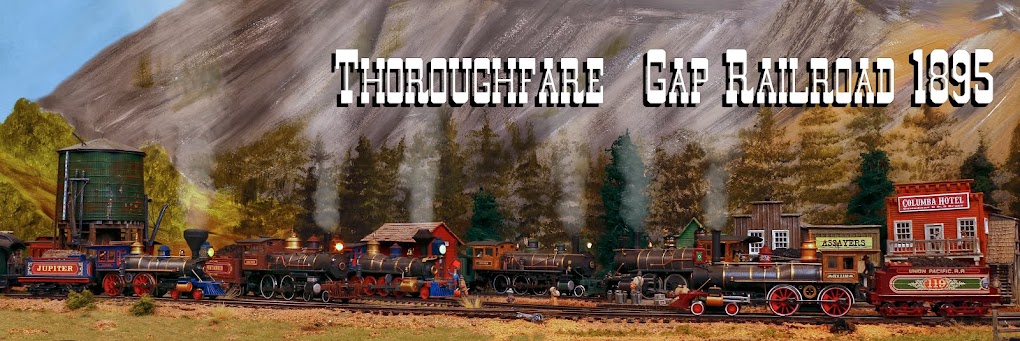I have been wanting to create decals for the red cars to depict the ornate Victorian guilt designs common at this time. So I spent some evenings on the computer and came up with the mocked up design below.
 |
| A Photoshop mock-up of the decals overlaid on the coach body. |
 |
| A photoshop impression of a kitbashed baggage car. |
So I'm tossing up whether to decorate the combine more modestly, or cut both my combines in half and cement the two baggage and coach sides together, turning the two combines into a coach and a baggage car.
 |
| One of the potential donor combines |
On one hand, two ornate red coaches would make a nice special train, which would pair nicely with a red baggage car if required. Doing this would enable me to run two passenger trains with three cars each (one baggage, two coaches) at once.
On the other hand, combines are useful for small local trains, but do I need two? I'm not sure. Kitbashing the two combines could sure be a fun project.
What do you think? I'm keen to hear your opinion on the artwork and the merits of baggage cars vs combines.
